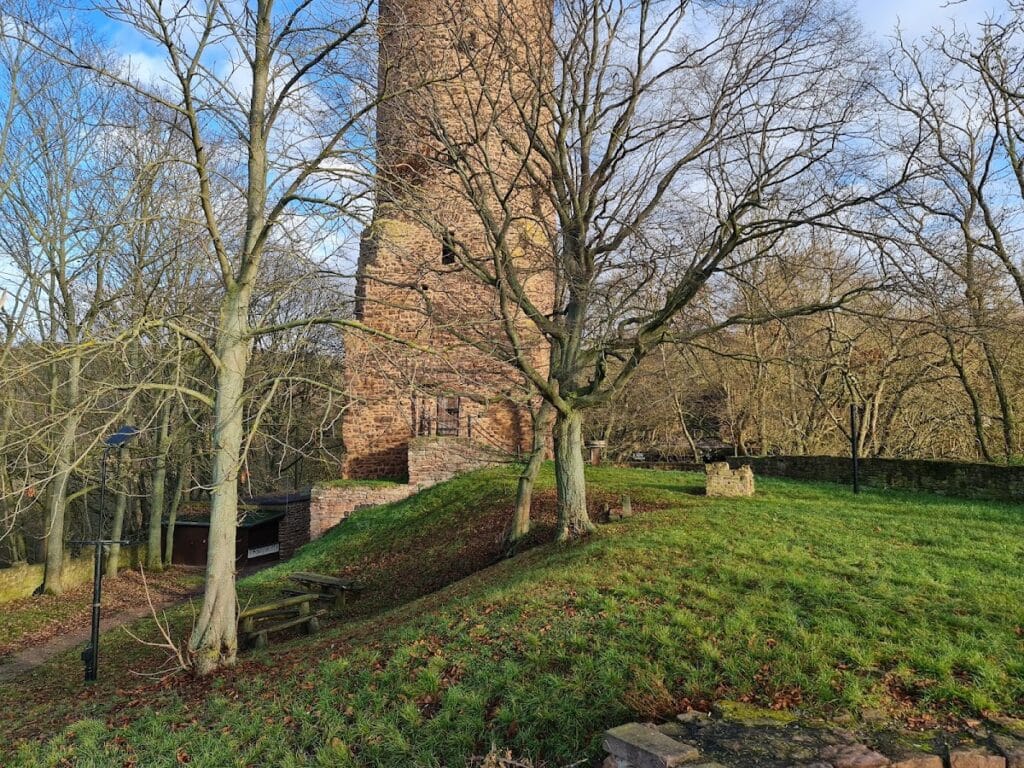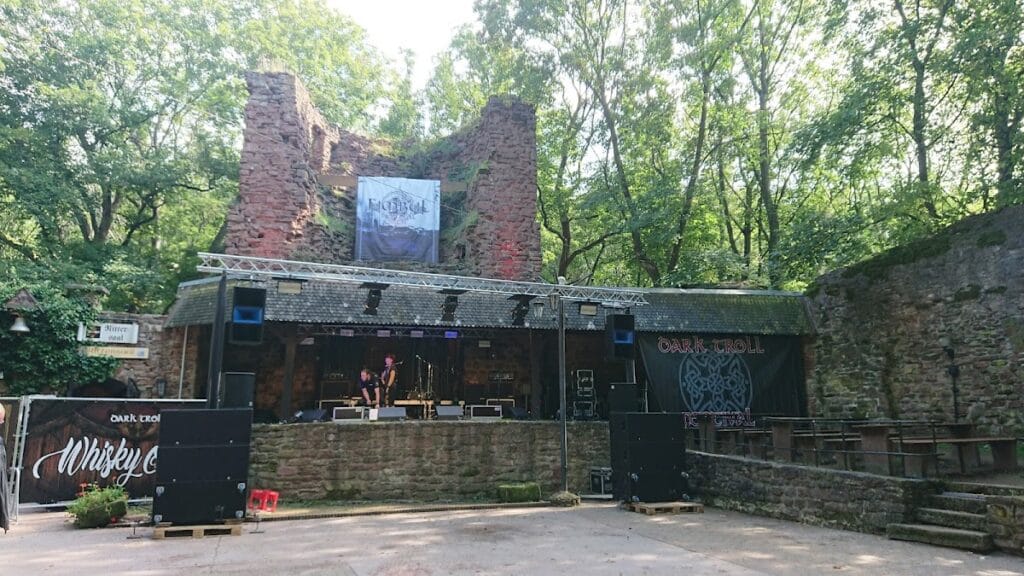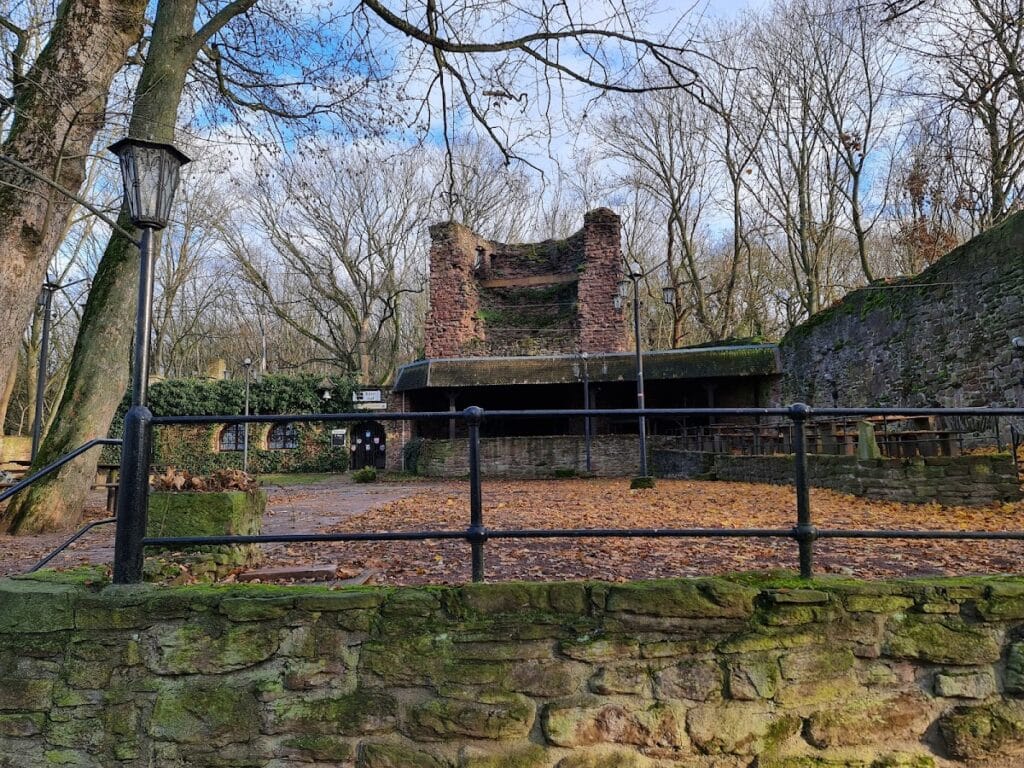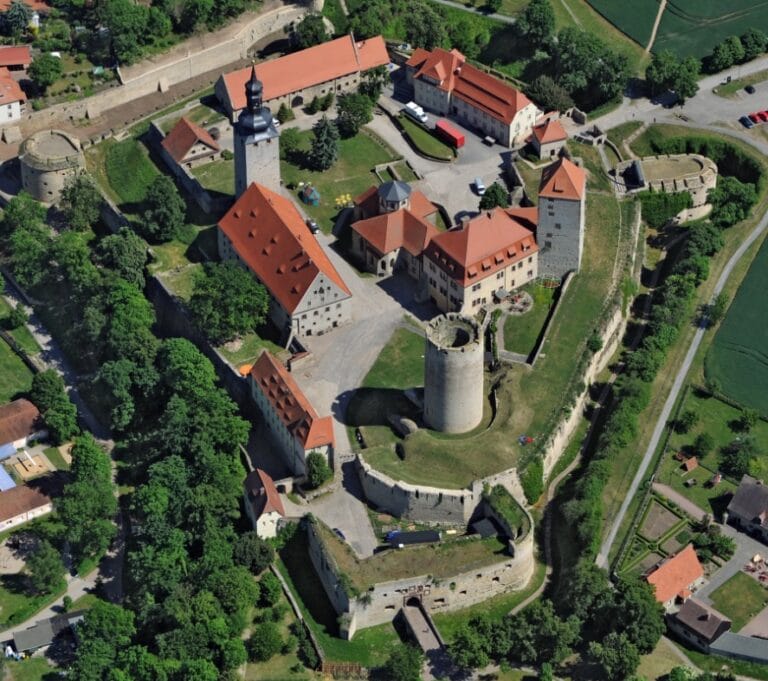Burg Bornstedt: A Medieval Hill Castle in Germany
Visitor Information
Google Rating: 4.8
Popularity: Low
Official Website: heimatfestverein.de
Country: Germany
Civilization: Unclassified
Site type: Military
Remains: Castle
History
Burg Bornstedt is a hill castle situated near the municipality of Bornstedt in present-day Germany. Its origins trace back to early medieval times, likely forming part of larger imperial fortifications or a fortified settlement from the 8th century. The site appears in historical records by around 880, named “Brunstediburg” in the Hersfeld tithe register, which reflects its established significance during the Carolingian period.
During the 12th century, the castle was under the control of the lords of Bornstete or Burnstede. One notable event from this era occurred in 1115 when Emperor Henry V stationed troops within the castle as part of military operations against Saxon forces at the Battle of Welfesholz. This highlights the castle’s strategic importance in imperial conflicts of the High Middle Ages. The earliest known individual directly associated with the castle is Esico II, who is mentioned as the lord of the castle (dominus castri Burnstede) from approximately 1120.
Ownership of Burg Bornstedt changed over the following centuries. By 1301, the Counts of Mansfeld held possession and maintained control for nearly five centuries until 1780. During this extensive period, the castle gradually declined, with signs of deterioration becoming apparent from 1615 onward. The castle’s legacy also includes a notable heraldic symbol: the coat of arms used by the current Bornstedt descendants features a red battlemented wall topped with a ram, which represents a figure known as a wall breaker.
Locally, the castle is associated with the legend behind its alternative names, Schweinsberg or Schweinsburg. According to this story, during a siege, the castle’s defenders repeatedly let a single pig squeal loudly, creating the illusion of abundant livestock inside. This ruse supposedly led the besieging forces to believe the defenders were well supplied and ultimately caused them to abandon their attack.
Remains
The castle site of Burg Bornstedt covers an area approximately 350 by 200 meters, revealing the scale of a substantial medieval fortification. The layout corresponds to that of a hill castle, strategically positioned and enclosed by defensive structures typical for its period.
Among the surviving elements, the most prominent is the bergfried, a tall defensive tower that once served as a refuge and watchtower. This tower stands about 30 meters high and has a square base measuring roughly 9 by 9 meters. Its robust construction provided a last line of defense and would have been a key feature in the castle’s fortifications.
Additional remaining structures include the entrance gate, which controlled access to the castle, and significant sections of the surrounding curtain walls. These walls formed a continuous barrier around the main castle complex, providing protection against attackers. Encircling the site is the ring moat, a water-filled ditch that further hindered enemy approach.
Today, the central courtyard formed by these walls remains an open space, historically enclosed by the defensive ring. It has been adapted for community events and serves as a venue for festivals. Adjacent to this space, a castle tavern operates, utilizing the historic environment for gatherings and occasions. These features reflect the castle’s enduring physical presence and continued role as a communal landmark.










